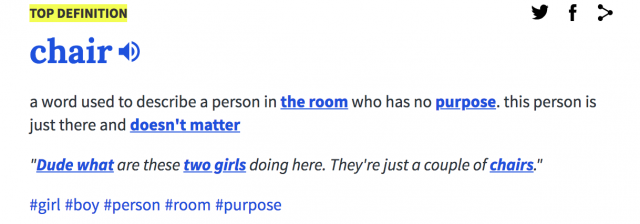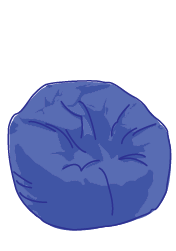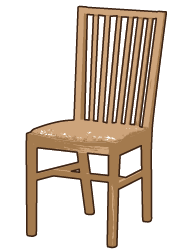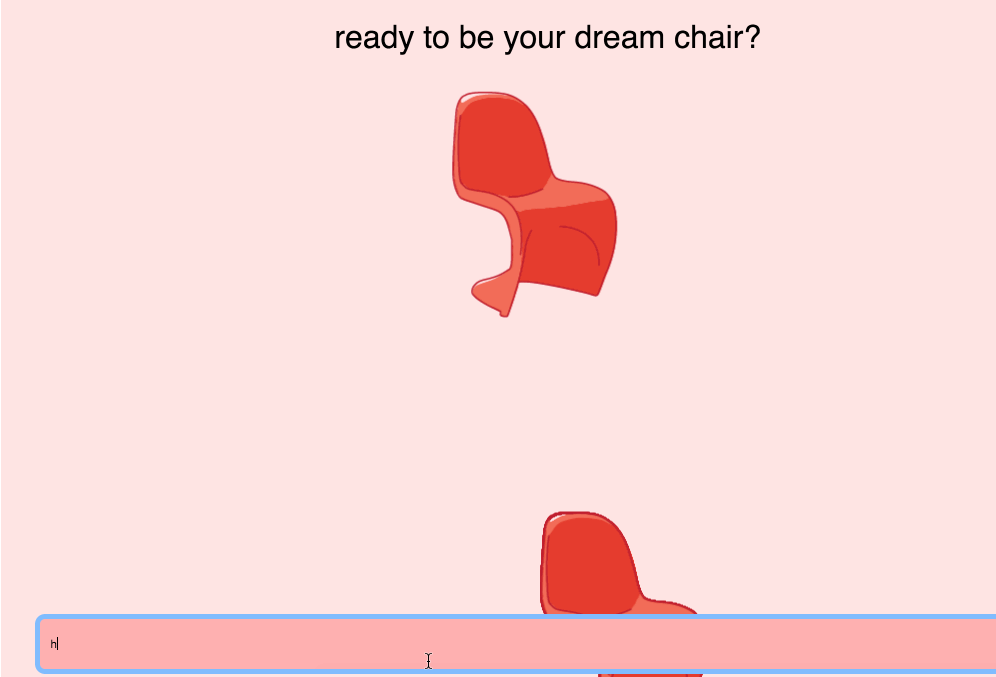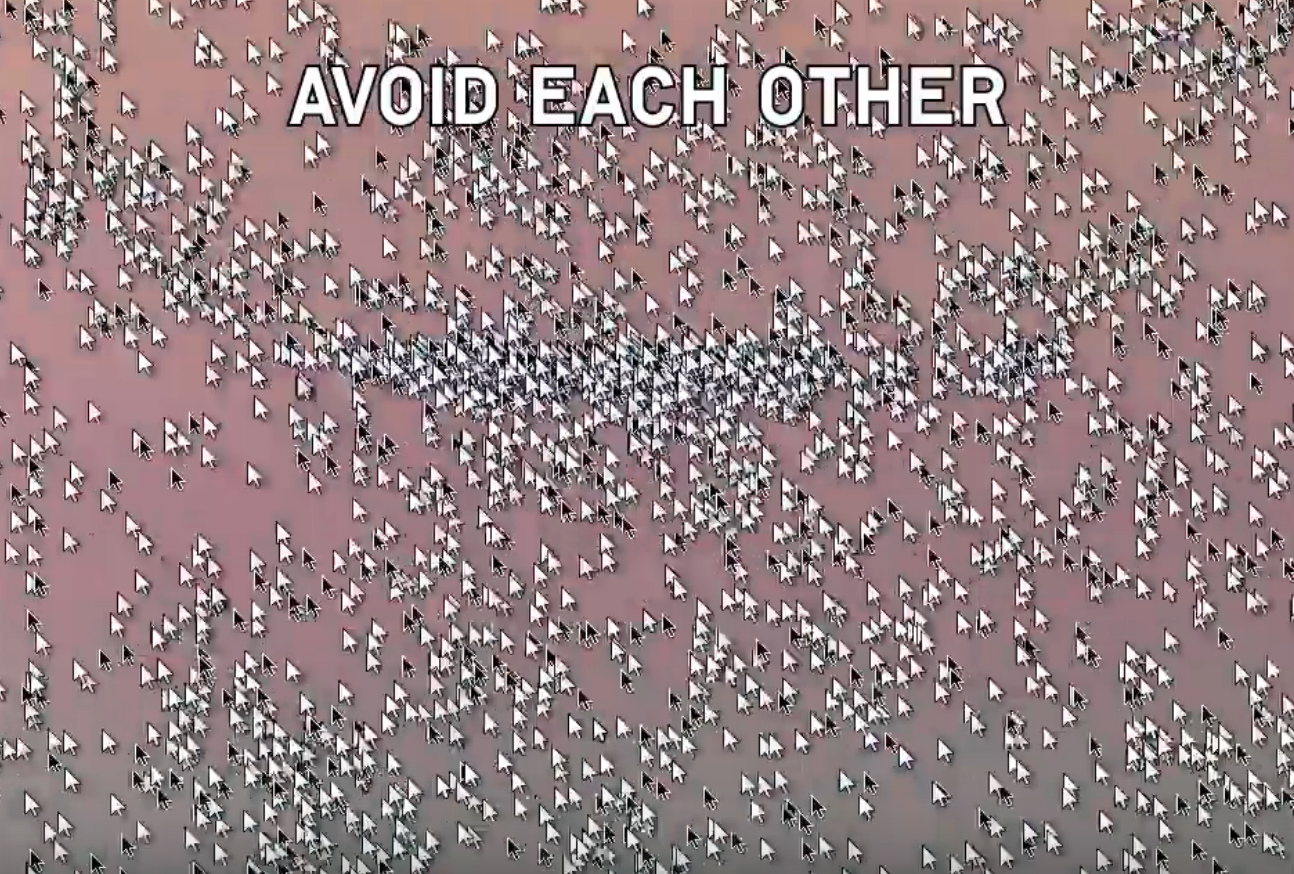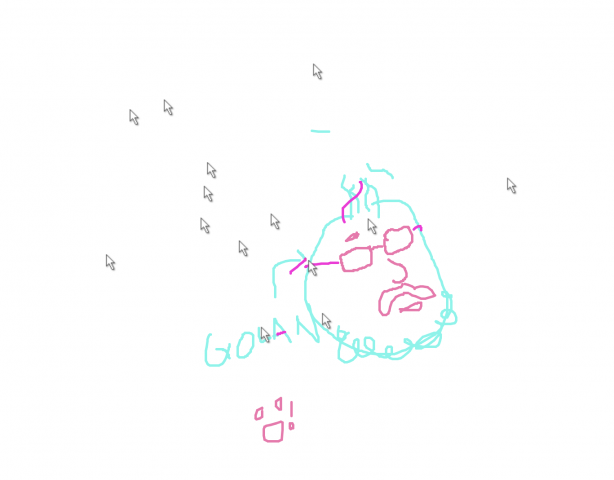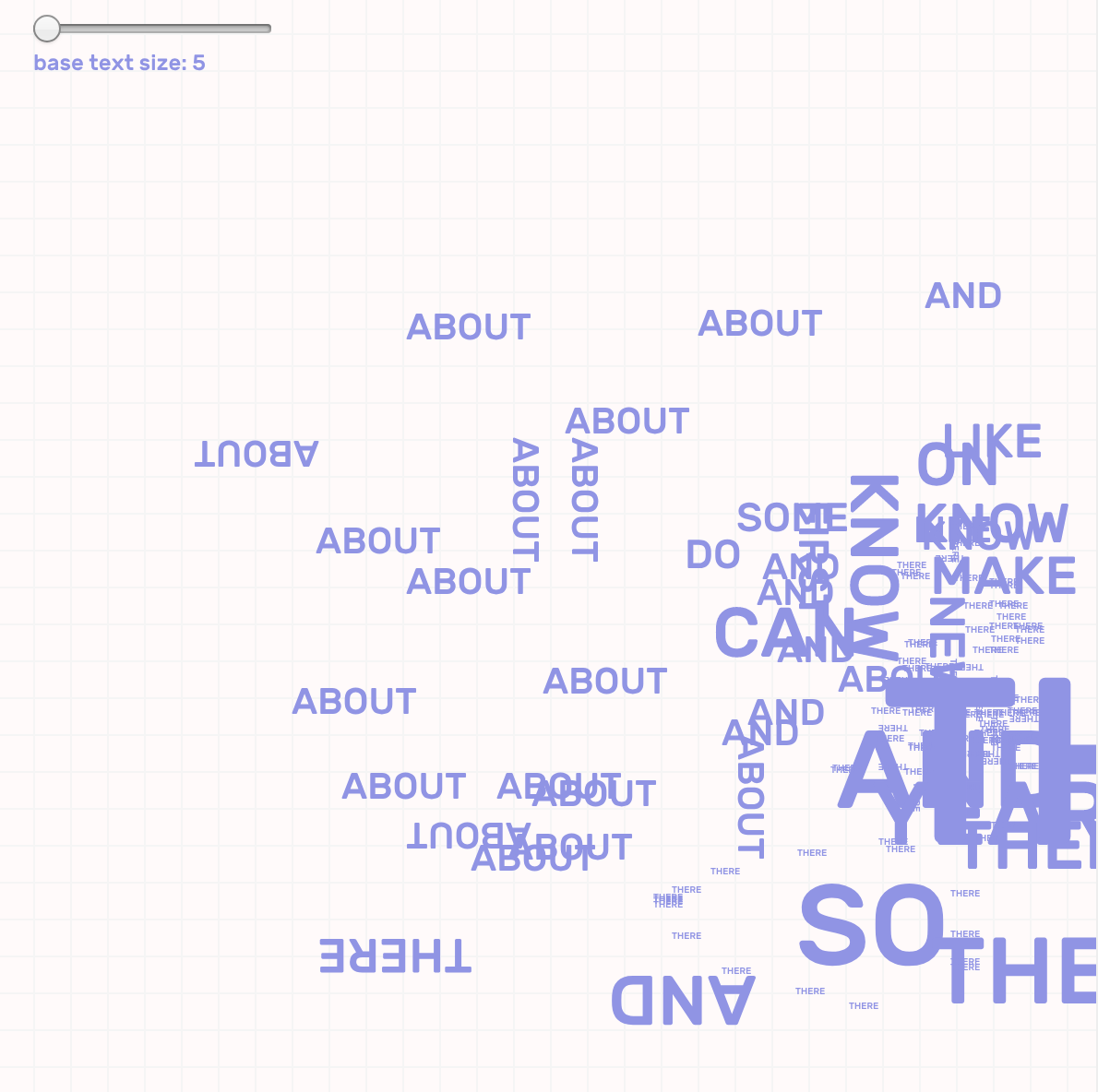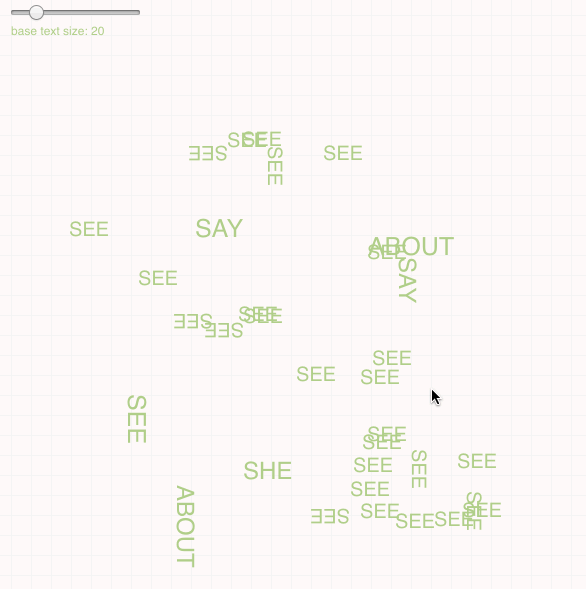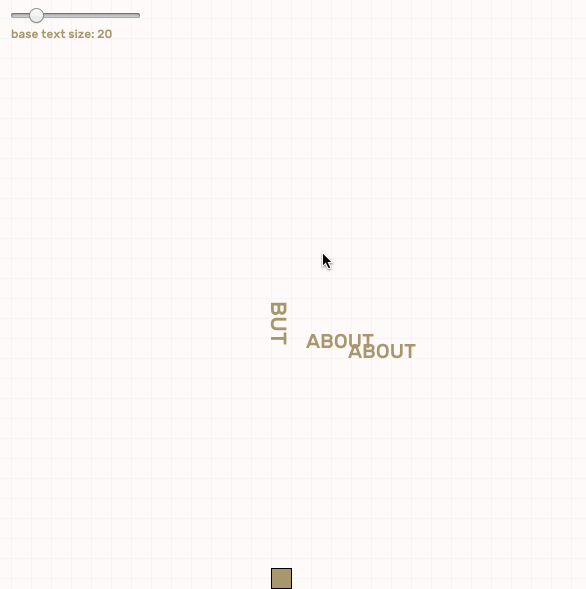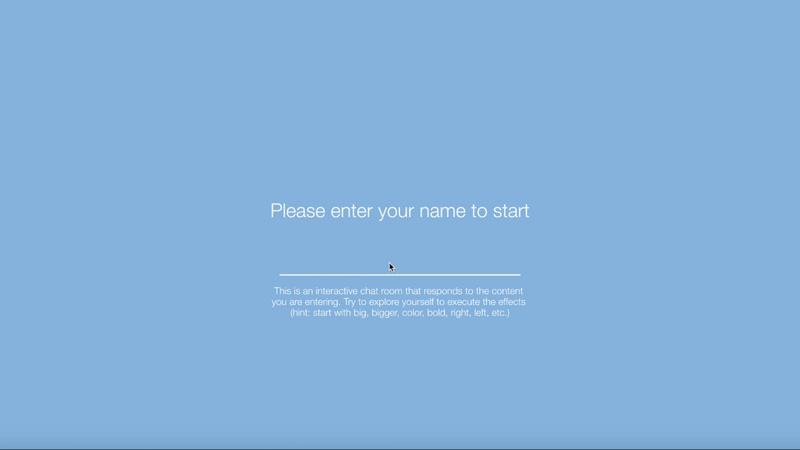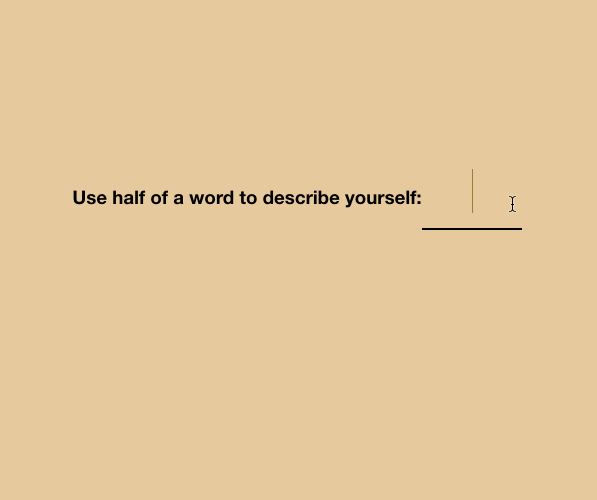
I think that Akinori Goto's 3D Printed Zoetrope is a good example of spectacle. It takes something that has been around for many years (the zoetrope) and refines it using impressive modern technology. The project is very clean, polished, and precise. Although the project is definitely explorative, it was created by a very controlled and deliberate process, which is outlined in detail in the video. In addition to software, the piece requires lighting and a spinning mechanism to show anything of interest. The project is successful in showing off new and difficult technology, and the idea is very awe-inspiring. The combination of all these things makes this zoetrope fit in with the idea of spectacle.
In terms of the dichotomies presented by Warburton, I would say that this project is very visible, as its simple beauty can be enjoyed even without context. I don't see the project as having much waste, since it seems to have been crafted efficiently with a moderation of software. I would also say that this project is more art than commerce, and also more dysfunctional, since it holds little commercial value. Finally, I think that it has more drag than acceleration, since there is not much else to be done with this technology in the future (at least that I can think of).
